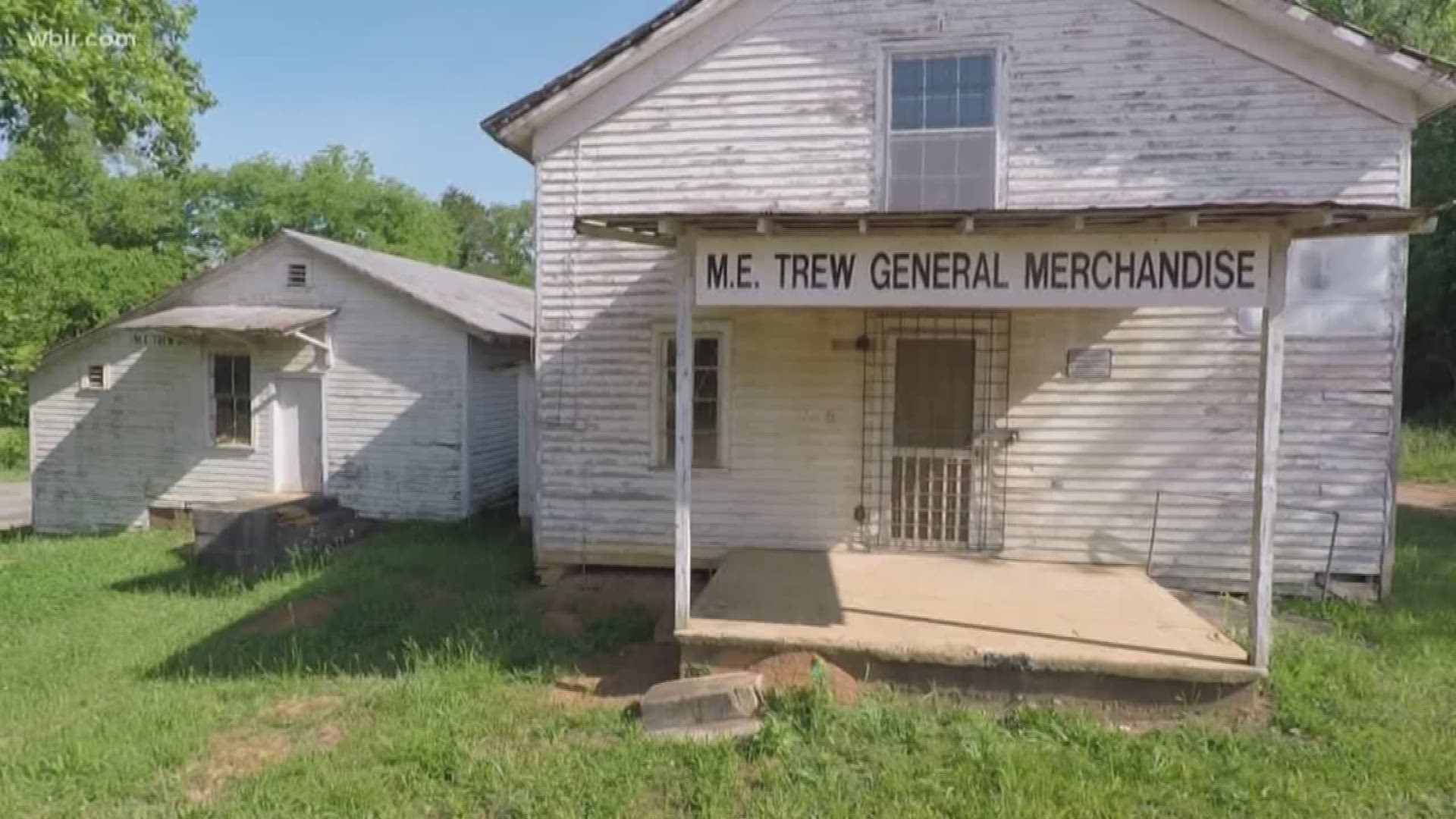The Tennessee Historical Commission today announced the addition of eight properties to the National Register of Historic Places.
They include a residence, general store, bank, former hospital and several historic districts.
“Across Tennessee, communities continue to recognize and retain meaningful places that contribute to our state’s unique identity,” said Executive Director and State Historic Preservation Officer Patrick McIntyre. “This group of listings includes a former hospital in Memphis being revitalized using Federal tax credits, a former general store in Granville that is a focus for heritage tourism, and a large rural district in Bedford County in the heart of Tennessee Walking Horse country.”
The sites recently added to the National Register of Historic Places are:
Thompson Creek Rural Historic District (Wartrace – Bedford County)


Comprised of 3,765 acres in Bedford County, the Thompson Creek Rural Historic District represents over 150 years of settlement patterns, agricultural history and architectural history.
The collection of houses, farms and outbuildings spans the time from the earliest settlement circa 1810 to 1968 when patterns and development in the region were changing. Important to the continued settlement and farming of the region were the Duck River and Thompson Creek, which provided transportation and rich farmland.
Farms produced corn, hay, wheat and livestock for consumption and sale. Buildings range from Italianate and Greek Revival influences to the bungalow form. In addition to this National Register nomination, a larger document detailing the history of Bedford County Agriculture was prepared as part of a mitigation for a federally funded road project.
Brown-Hancock House (Woodbury – Cannon County)

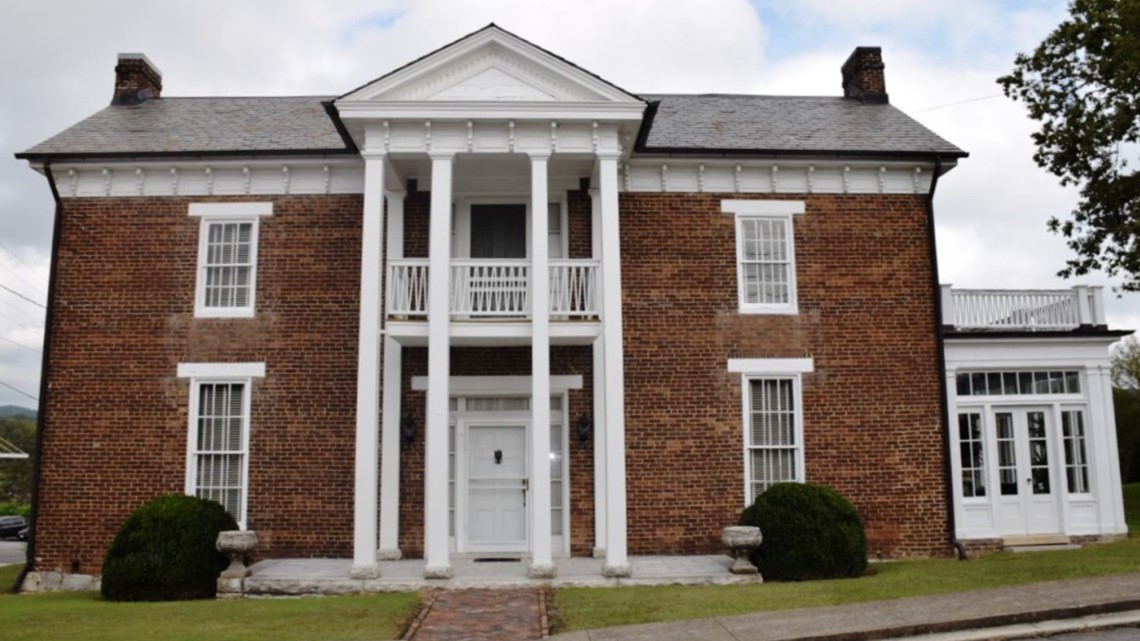
This two-story brick I-house was built in 1869 and remodeled in 1916-1918.
Principal design features of the house include the 1-bay, 2-story pedimented portico, multi-pane windows, bracketed eaves and the sleeping porch and solarium.
Originally, the house was embellished with Italianate details, but was redesigned in the 20th-century by Nashville architect Thomas W. Gardner updated the building with a modern classical design. His designs included a 2-story ell and the sleeping porch on the exterior and wood trim in the interior. Gardner was well-known for designing churches and for years was in partnership in Nashville with Edward Dougherty.
The house has been documented as prevalent in Middle Tennessee, and is often called the Middle Tennessee I-house.
Clover Bottom Farm Boundary Increase (Nashville – Davidson County)


Clover Bottom Mansion was listed in 1975 as an excellent local example of the Italianate style. The current nomination changes the name of the National Register listing, expands the boundaries, includes historic structures, and adds more information on the importance of the property. Settled in 1797 by the Hoggatt family, new documentation in the nomination details the agricultural importance of the farm and the significant role of enslaved African Americans. One of the larger farms in the area, changing farming methods and crops are represented by the landscape and outbuildings on the property. Two of the only surviving former slave cabins in Davidson County are located on the property. Recent fieldwork documented the historic archaeological value of the farm. This fieldwork adds information not found in the written record and presents a more complete picture of what life was like at Clover Bottom when it was a working farm. The state of Tennessee bought the farm in 1949 and used it as an institutional farm and for housing. Unused since 1980, in 1994 the mansion became the offices of the Tennessee Historical Commission staff.
T.B. Sutton General Store (Granville - Jackson County)


The T.B. Sutton General Store was built in Granville in 1880 and purchased by Thomas Benjamin Sutton in 1925. During most of the time the store operated you could purchase dry goods, groceries, agricultural products, get a haircut and much more.
The “whittling porch” on the façade was a favorite place for people to visit. Sutton stopped operating the store in 1968, and although it was open for a few more years, it was no longer the commercial and social center of the town. The changes in transportation and construction of the Center Hill Dam meant fewer people lived in or traveled to the area.
In disrepair, the 2-story weatherboarded store was extensively renovated around 2000. This occurred at the same time others were looking at the potential for renovating buildings in the town and beginning “Granville Heritage Day.”
In 2007 the owners donated the store building to Historic Granville Incorporated. Today, the store is the center of a thriving heritage tourism industry in Granville.
Tennessee Military Institute Residential Historic District (Sweetwater – Monroe County)

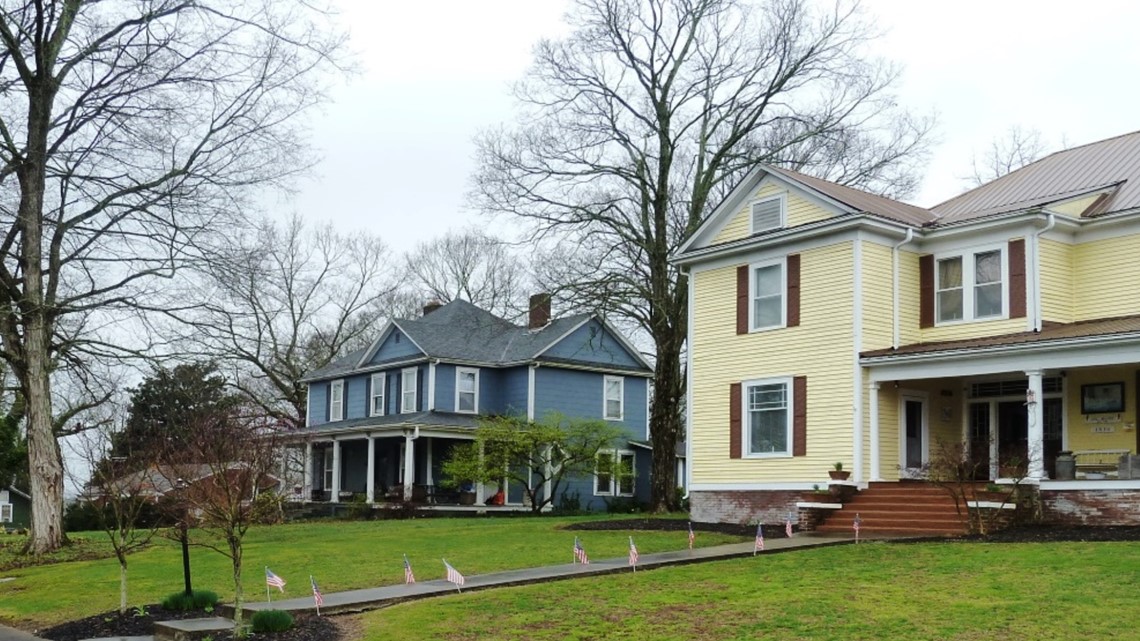
The Tennessee Military Institute Residential Historic District is comprised of 3 houses located adjacent to and historically associated with the military school.
From 1905 when the first house was built until 1970 when the enrollment of the school declined, the residences housed leaders and teachers at the school. The school began in 1873 as the Sweetwater Military College, changed its name in 1902 and moved to the High Street campus in 1909. President of the school Colonel Otey Hulvey was instrumental in expanding the school and lived at 1313 Peachtree in the district.
Promotional literature for the school showed the President’s Residence and adjacent Quartermaster’s Residence. The military institute closed in 1975 and the school campus has been vacant since 2007. The three residences are no longer associated with the former school.
Barretville Bank and Trust Company Building (Barretville– Shelby County)

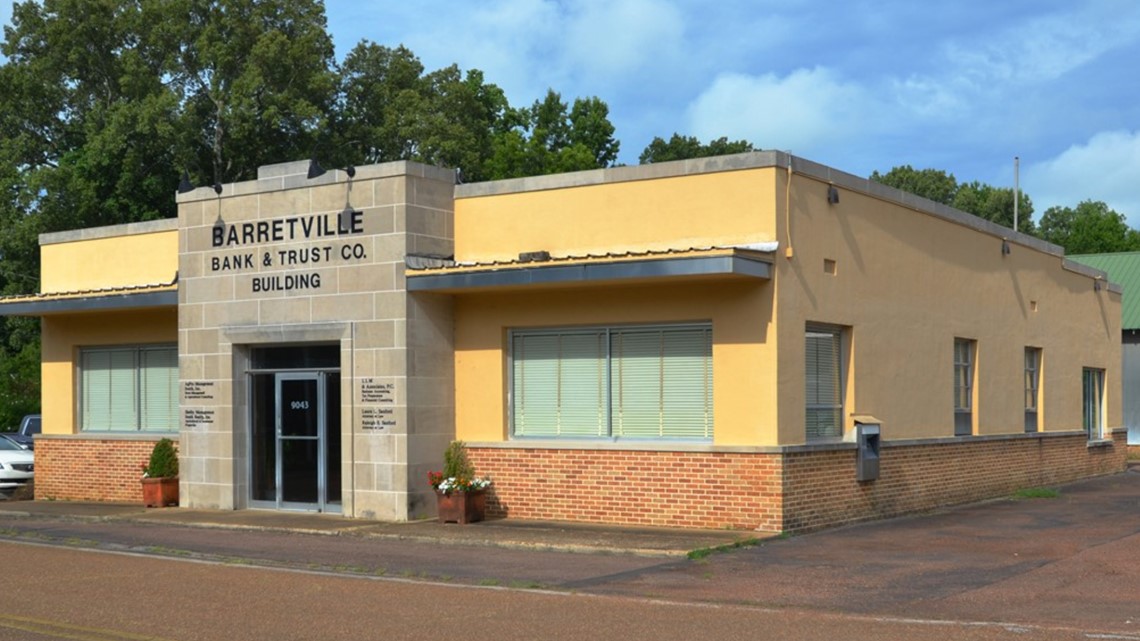
Located near Millington, the unincorporated community of Barretville is well-known due to the commercial importance of the Barretville Bank and Trust Company. Although the company was founded in 1920, the current bank building was not constructed until 1932. Renovated circa 1958, the new, modern style of the building reflected the bank’s modern banking practices. Around 1956, the bank was notable as the 8th largest bank in West Tennessee based on capitalization and when deposits were considered, the bank was the 4th largest bank in West Tennessee. By 1970, the company had operated 11 bank branches in 7 communities in West Tennessee. The building in Barretville was the headquarters for all of the branches and banking services. Today the building is used as office space.
U.S. Marine Hospital (Memphis – Shelby County)


Three buildings and 1 structure associated with the former U.S. Marine Hospital are representative of important trends in architecture and health and medicine in Memphis in the late 19th to mid-20th century. The US Marine Hospital Building was built in 1934 and 1937. The 3-story plus raised basement Colonial Revival hospital is the principal building in the complex. Designed in a broad y-shape, the brick building is embellished with limestone detailing. Built in 1884 and listed in the National Register in 1980, the 2-story plus raised basement nurses’ quarters/laundry and kitchen building reflects the Italianate style. It was moved to its current location circa 1936 when newer buildings in the complex were constructed. Also included in the nomination are a support building, the 1939 steam laundry building and the 1930s ornamental metal fence that delineates much of the property. Plans are to adaptively reuse the building taking advantage of the federal preservation tax incentives.
Sparta Residential Historic District, boundary increase (Sparta – White County)

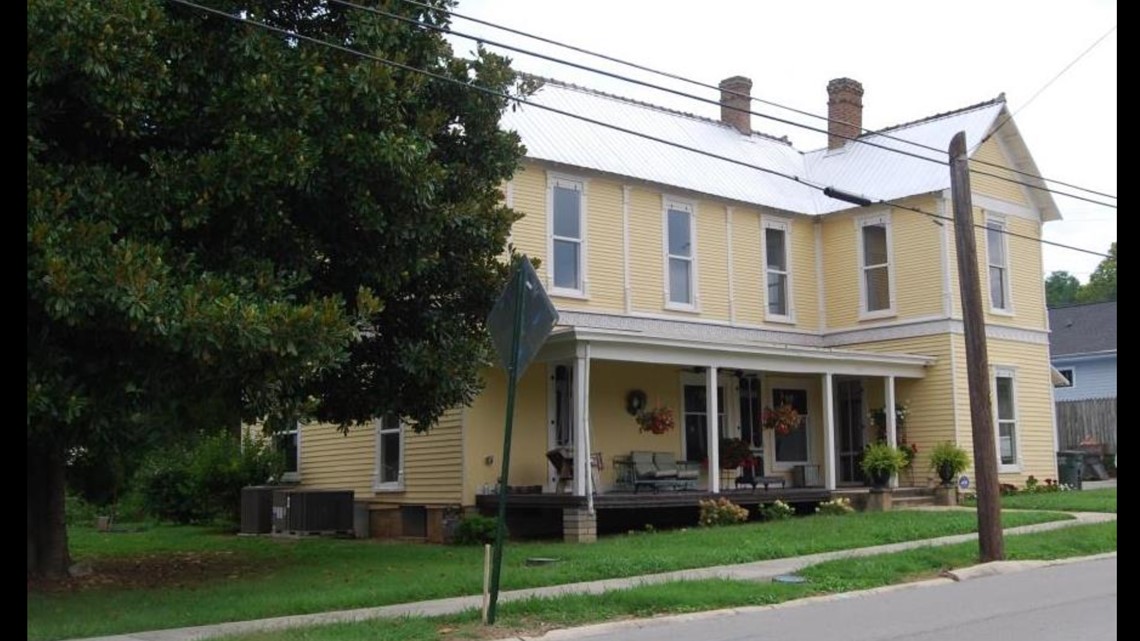
Twenty-nine houses were included in the Sparta Residential Historic District when it was listed in 1991. The district was listed for its collection of late 19th and early 20th architectural styles. Adjacent to the district is the house at 8 College Street that was added to the district with this listing. Constructed circa 1870, the Folk Victorian style gable front and wing house was restored in 2018. Important historic features such as the weatherboard siding, wood trim, and historic windows were revived, making this house eligible to be added to the existing district.
The National Register of Historic Places is the nation’s official list of cultural resources worthy of preservation. It is part of a nationwide program that coordinates and supports efforts to identify, evaluate and protect historic resources. The Tennessee Historical Commission, as the State Historic Preservation Office, administers the program in Tennessee.
RELATED: Explore Tennessee's Abandoned Places

